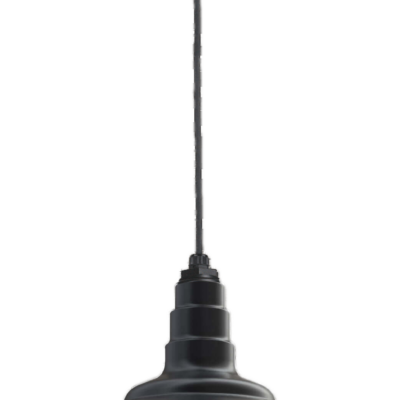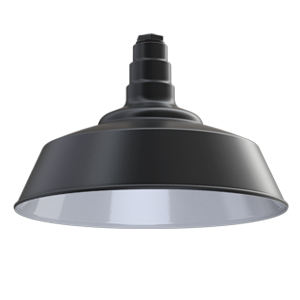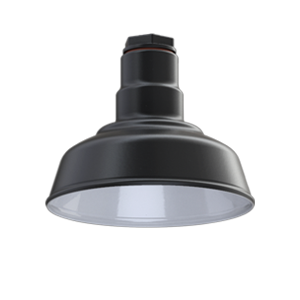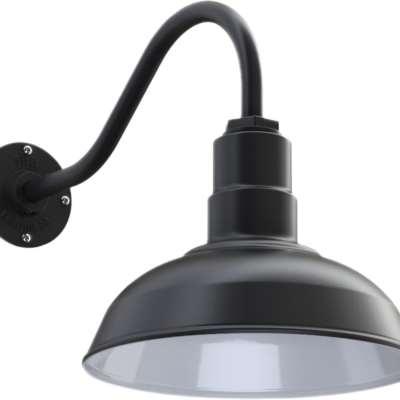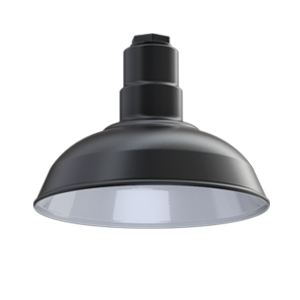Your cart is currently empty!
Illuminating your space for a beautiful interior involves several key considerations including the number of lights. Working out your lighting calculations has a significant effect on your lighting outcome — too many lights and your space will be overly-bright and over-the-top, too little lights and it will be too dim for comfort.
Calculating the statistics demands practicality. The exact number of lights you need in a room depends on several factors including; the size of the room, its purpose, and the ambiance you are looking to achieve. Read on to get your calculations and illumination right!
The Lumen Factor
When it comes to gauging the amount of light needed in a room, lumens are a top consideration. Modern energy-conscious lights like LED bulbs are measured in lumens (lm). Lumens refer to the brightness or light capacity of a fixture. The number of lumens is directly proportional to the bulb’s illuminating power; it tells you how bright the bulb is. Also, lumens provide many more accurate measurements than watts (which only measures the energy used by a bulb).
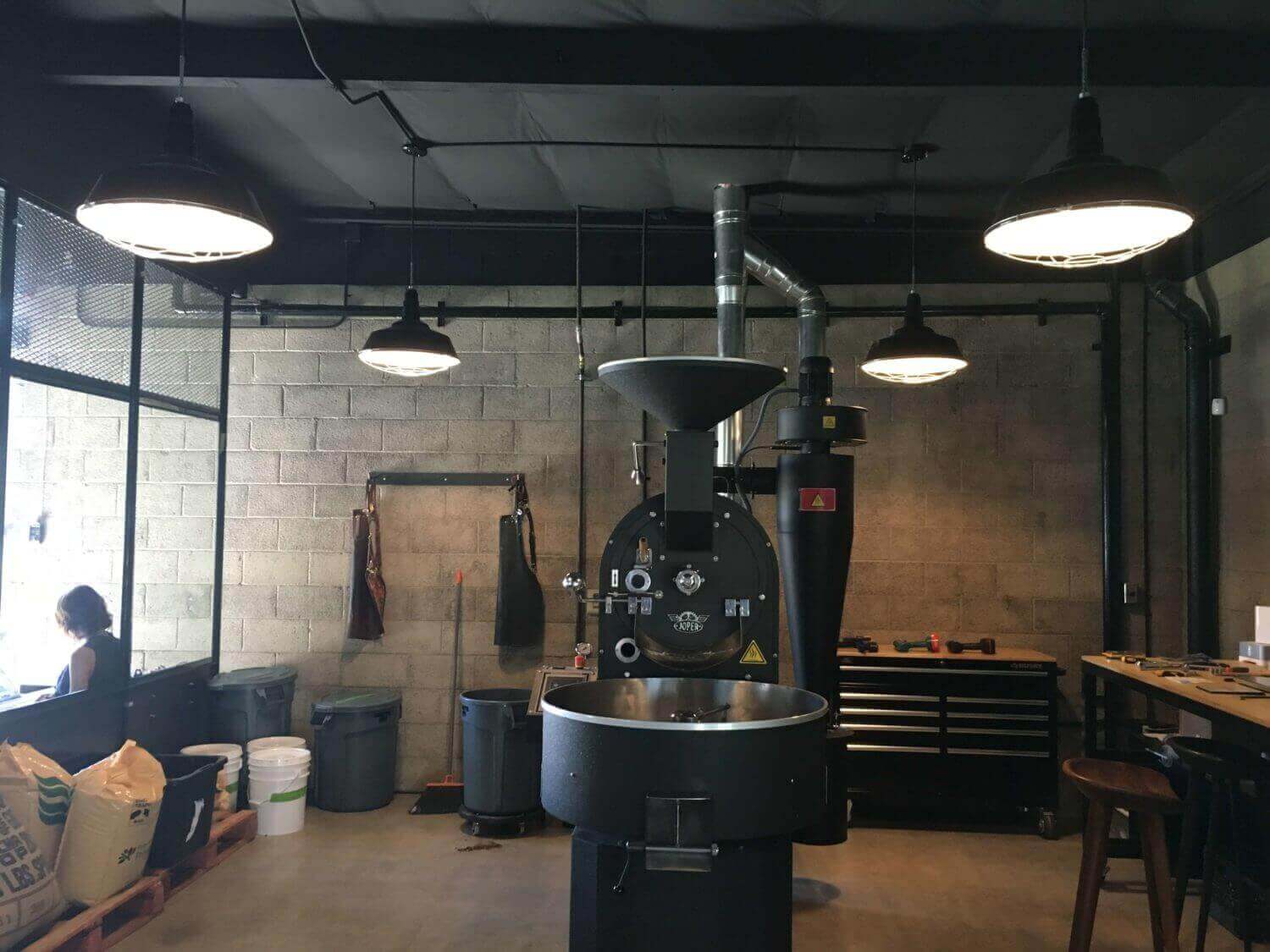
Calculating Lumens for Home, Garage, and Barn Lighting
Step 1: Measure the square footage
Measuring the amount of light needed in a given space equals calculating the number of lumens for the said space. First, measure the width and length of the designated space and then multiply both figures to get the square footage. For instance, a 9’×9′ room equals 81 square footage.
Step 2: Convert square footage into lumens
Once you’ve figured out the space’s square footage, the next step is to convert the square footage into lumens. But not to worry, this isn’t quantum physics or rocket science! To convert square footage to lumens, you will need to gain an understanding of “foot candles”. In simple terms, a foot candle measures the output of light from one foot away. Here are some estimated foot candles per space:
Kitchen — 30-40
Dining Room — 30-40
Living Room — 10-20
Bedroom — 10-20
Hallway — 5-10
Step 3: Calculate the number of lumens
When you’ve estimated the number of foot candles needed per room, you can now calculate the total number of lumens the given space requires. Here is a quick and easy-to-remember example:
Using kitchen lighting as a case in point;
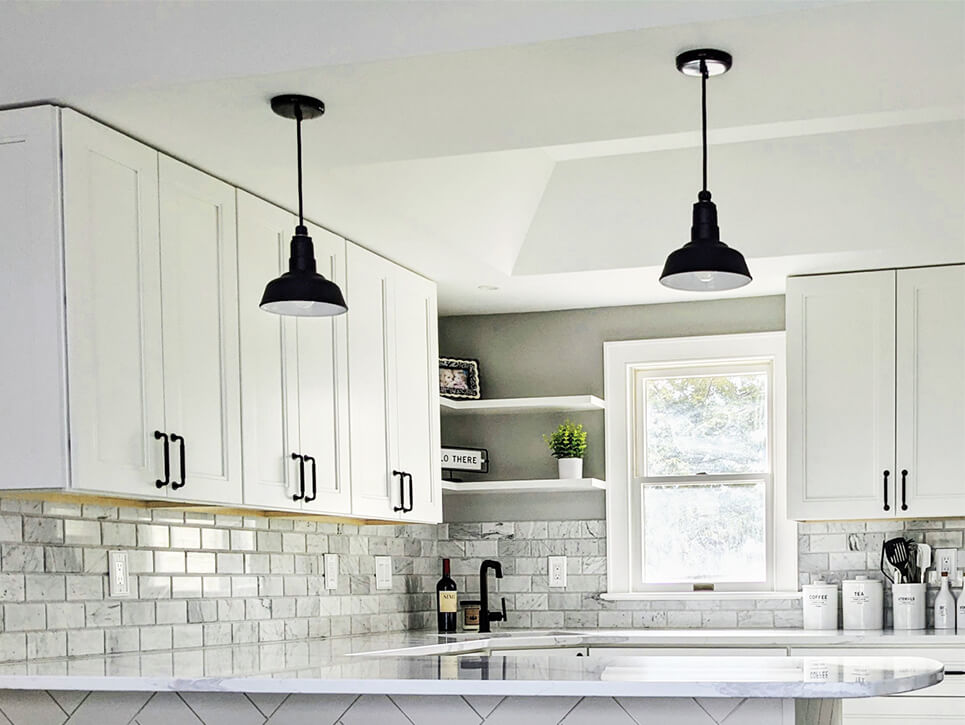
Square footage for kitchen = 100
Foot candles = 30-40
Number of required lumens = 100 square foot × 30-40 = 3000 to 4000 lumens required.
You can use this simple formula for just about any space you intend to illuminate and you will get accurate results and perfect illumination!
Step 4 : Selecting the right bulb
Here comes the most anticipated part; selecting the bulbs that best suits the required lumens! There are a host of light bulbs with different lumen outputs. And at Steel Lighting Co., we sell three of the best light bulbs out there. These are :
The 8W LED Bulbs — These bulbs support approximately 800 lumens, making them a powerful illumination tool. Considering you are lighting the kitchen in the example above, you will need to outfit about 2-4 light fixtures with these 80W led bulbs.
The 12W LED Bulbs — you guessed right, the 12W Led bulbs have a higher lumen output than the 8W Led bulbs. They can support about 1500 lumens and you might need just one or two of these bulbs to illuminate a 100 square foot kitchen.
The 22W LED Bulbs — our 22W LED bulb equipped with a single light fixture can work wonders in a 100 square foot space. They emit 2500 lumens, making them the most powerful of the trio.
On a side note: It is important to point out that a part of these calculations is hinged on the height of the light mount. For effective illumination, your mount shouldn’t be too close to the ground. Otherwise, they will be restricted to the enclosed region and won’t spread out.
Calculating Lumens for Warehouses and other Large Industrial Facilities
Like homes and barn houses, large commercial facilities such as warehouses and coffee shops are dependent on lumen calculations for effective lighting. To calculate the number of lights needed in such spaces, you’d have to work out the number of lumens required. Again, this involves estimating the square footage and foot candles of the given space.
Here is an estimate of foot candles for various commercial facilities according to the Illuminating Engineering Society (IES) :
Warehouse — 10-30 ; Large items = 10. Small items = 30. Aisle = 20
Offices — 15-40 ; Private/open = 40. Conference room = 30. Bathrooms = 18. Break room = 15
Retail Outlets — 40-50 ; General = 50. Department store = 40
Factories — 30-100 ; Assembly—large items = 30. Assembly — detailed = 100
Grocery — 50; General grocery =50
Schools — 7.5 – 40 ; Classroom = 40. Hallway = 25. Auditorium = 7.5
According to this list, a department store will need 40 foot candles per square foot. Note that this is only an estimate and the 40 foot candle recommendation may not complement every inch of the space — some areas may require higher or lower than 40 foot candles, however, the standard remains 40 foot candles. For this, you will need to install multiple light fixtures that emit about 40 lumens of light per square foot. Here is a simple example to better understand the calculations.
Using a 250-square foot, office conference room or behind the counter of a coffee shop as a case in point:
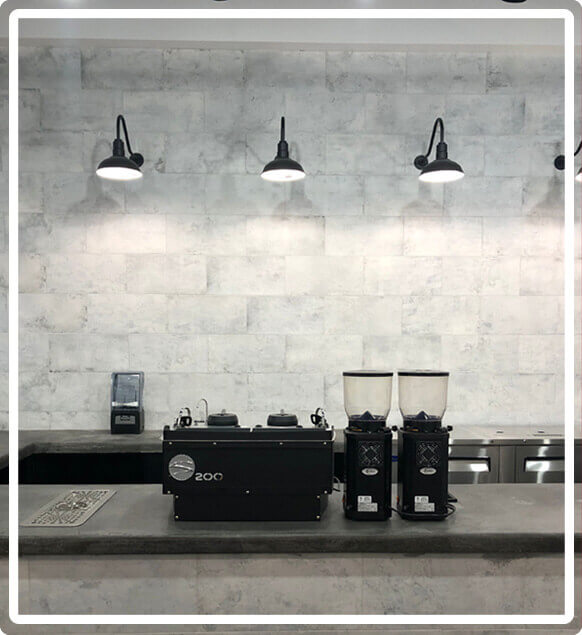
Square footage of an office conference room = 250
Recommended factory candles = 30
Number of required lumens = 250 square foot × 30 = 7,500 lumens required.
According to the calculations, you will need about 7,500 lumens from multiple or combined fixtures as your primary light source in an office conference room. The same formula applies to just about any commercial space.
Bear in mind that these estimates are only recommendations and may or may not apply to your space. For a more accurate lighting estimate and layout, contact our team.
Final Words
Estimating the number of lights required in your home or a commercial facility is dependent on lumen output. While we have provided several recommendations and easy formula to work the calculations, it still boils down to personal preference. Also if your space sports dark-colored walls or furniture, you may need an extra 10 lumens per square foot in addition to the initial calculation. Speaking of personal preference, if you want your space to be overly bright or prefer to downplay certain points, you can add or subtract about 10-20% of our figures.
Better still, install higher mounts or light fixtures and use light dimmers to tone down the light to your preferred brightness. And where light fixtures are concerned, we have an interesting and high-quality collection on display; from gooseneck lights to straight arm lights to wall and ceiling mounts, we have them all! Ps: if you are finding it difficult to figure out the calculations or make a choice, contact the Steel Lighting team to get the calculations and job done for you!
